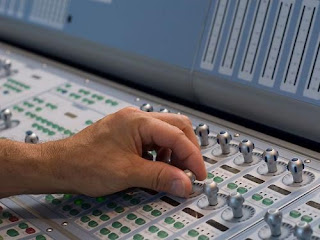Waves Dorrough Meter Collection plug ins
Displaying both average and peak levels and in a single readout, Waves Dorrough Meters are the only meters which actually let you see the density of the sound. Finally we can see a product that was missed from the waves plug-in collection.
Features:
• Superfast Peak Response
• Sum and Difference Energies for Optimal Stereo-to-Mono Compatibility
• Left/Right Phase Correlation
• Displays Number of Overs
• Peak and Average Level Relations
• Three Selectable Styles: Horizontal (280D/240D), Vertical (380D/340D), and Arc (40AES/EBU)
• Three Selectable Sizes: Extra Large, Large, and Small
• Selectable Reference Levels
• Switch Between Display Sizes and Styles with the Click of a Mouse
• 40dB Scale in 1 dB steps
• Mono & Stereo Components
Controls:
• Meter Style Vertical, Horizontal, Arc
• Meter Size S, L, XL
• Reference Level 20dB AES, 18dB EBU, 14dB
• Peak Auto, Hold, Reset
• Overs Display, Reset
• Meter Mode Phase, Sum/Diff, Left/Right
• Phase Error LED
• Overs Error LED
Dorrough Meter Collection is available in TDM, RTAS, VST and AU plug-in formats.




















